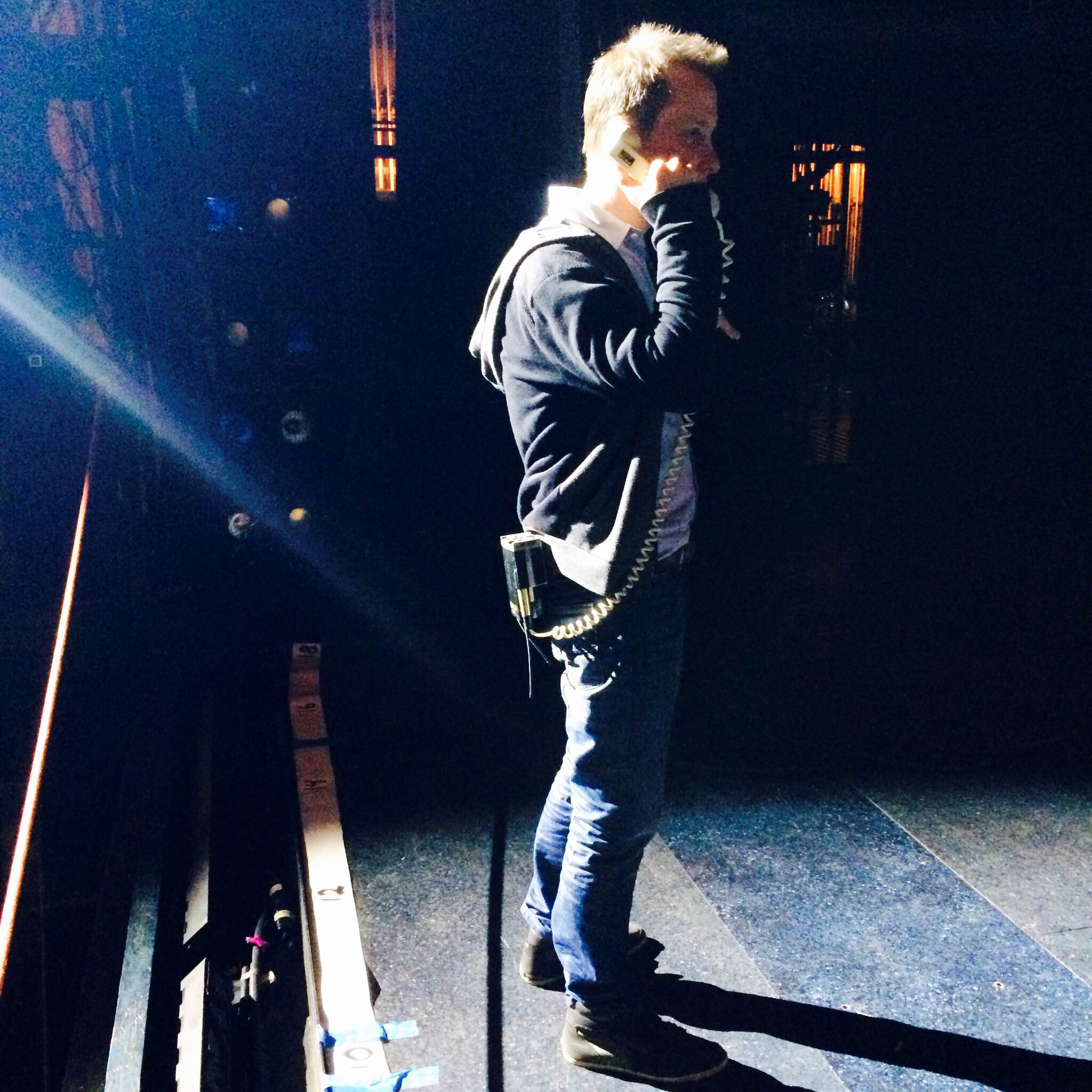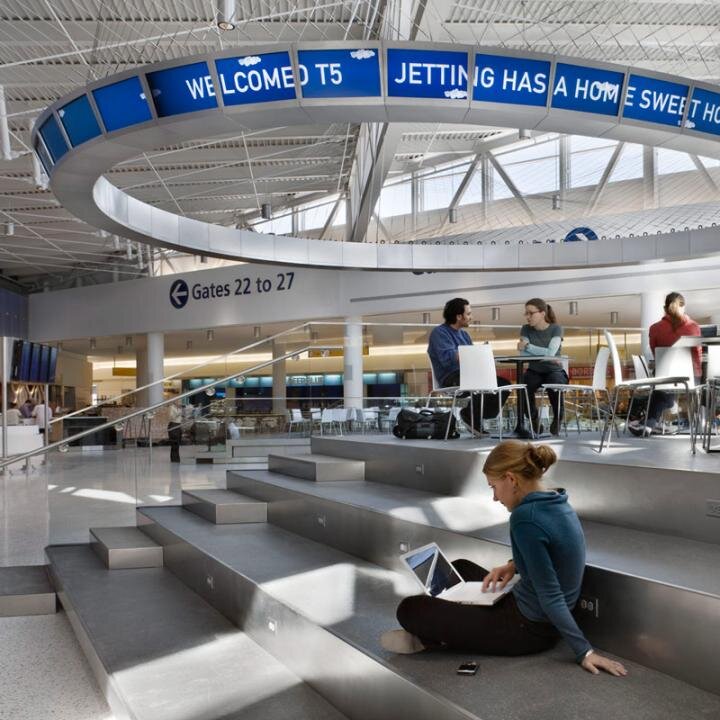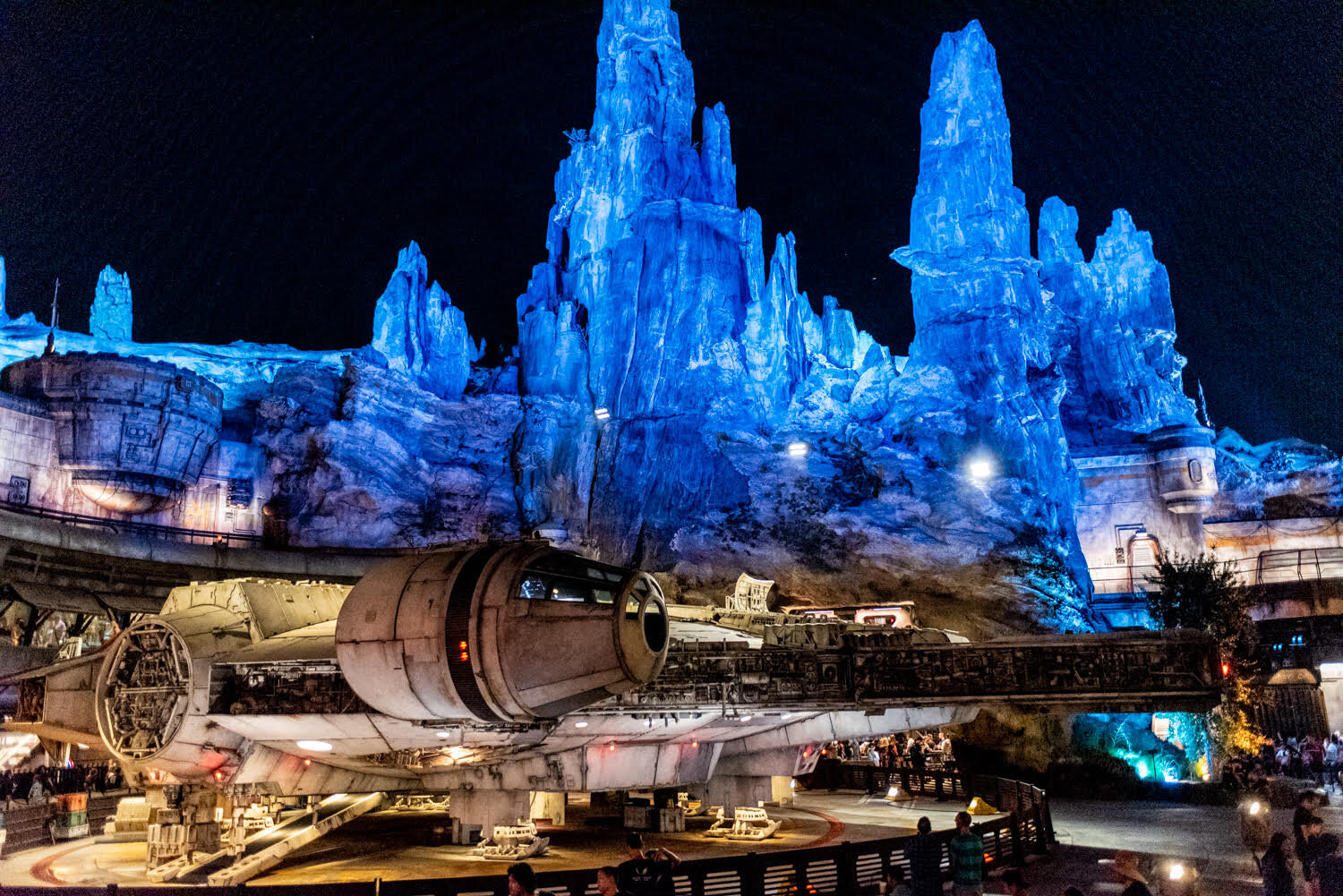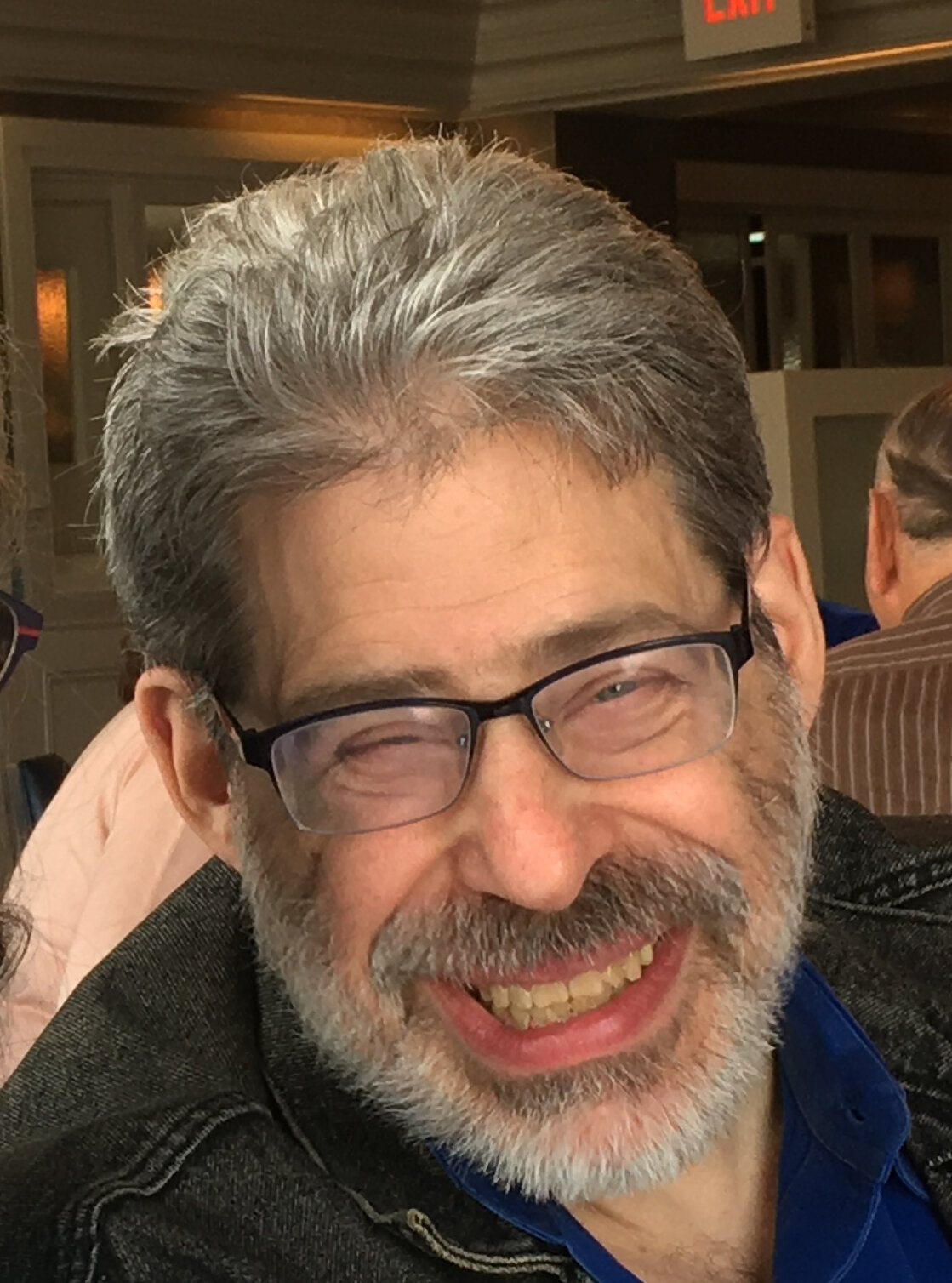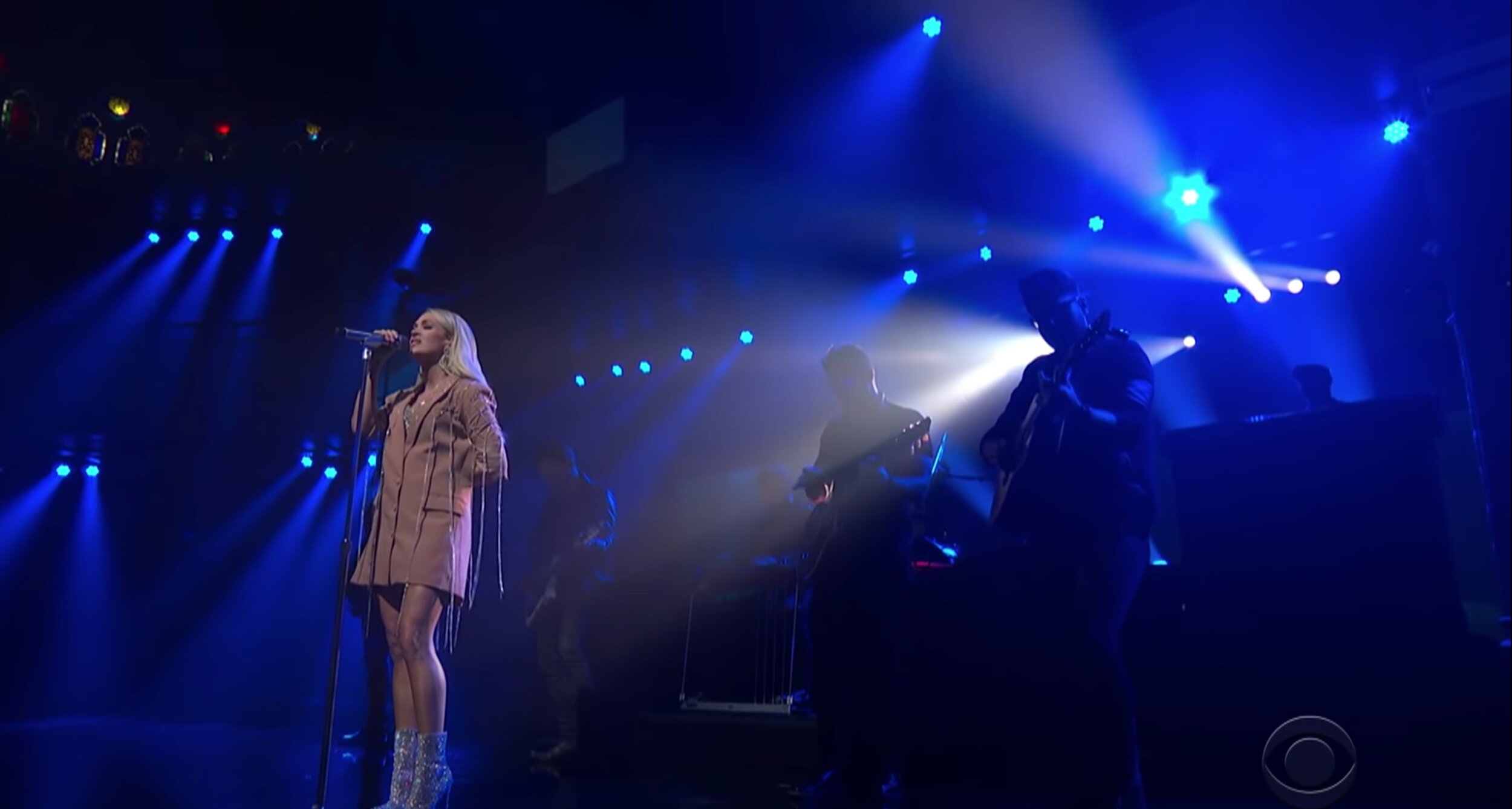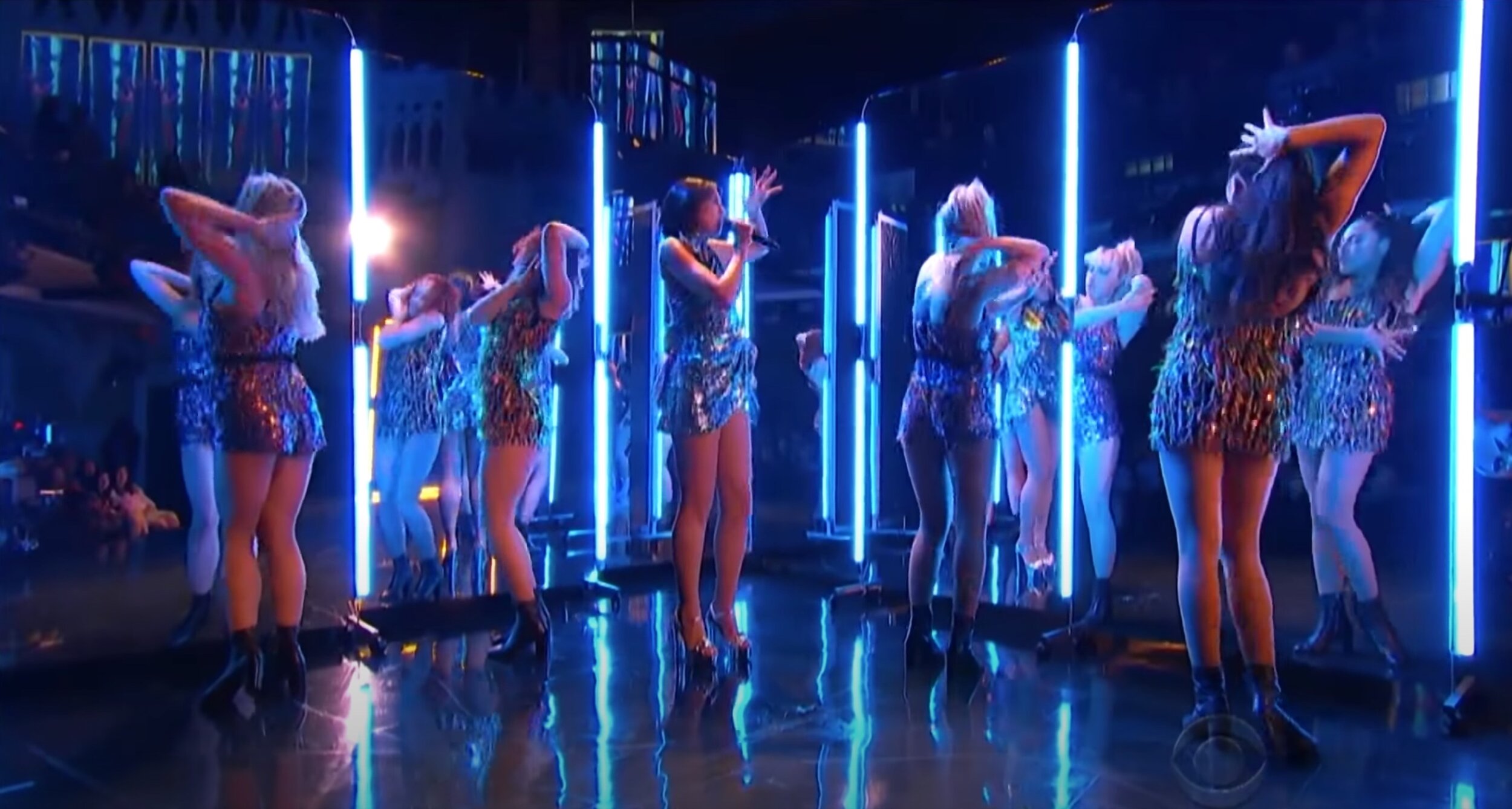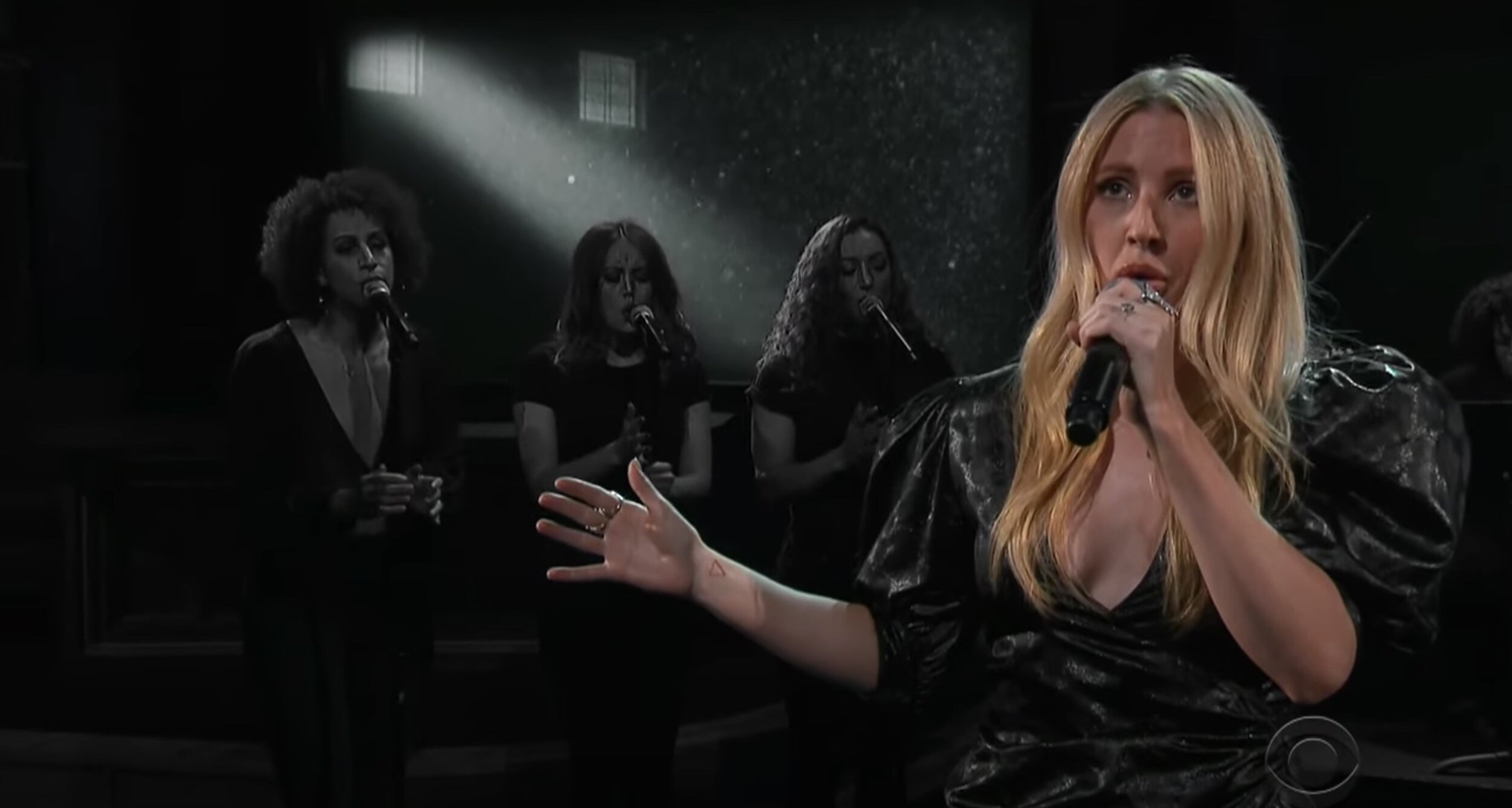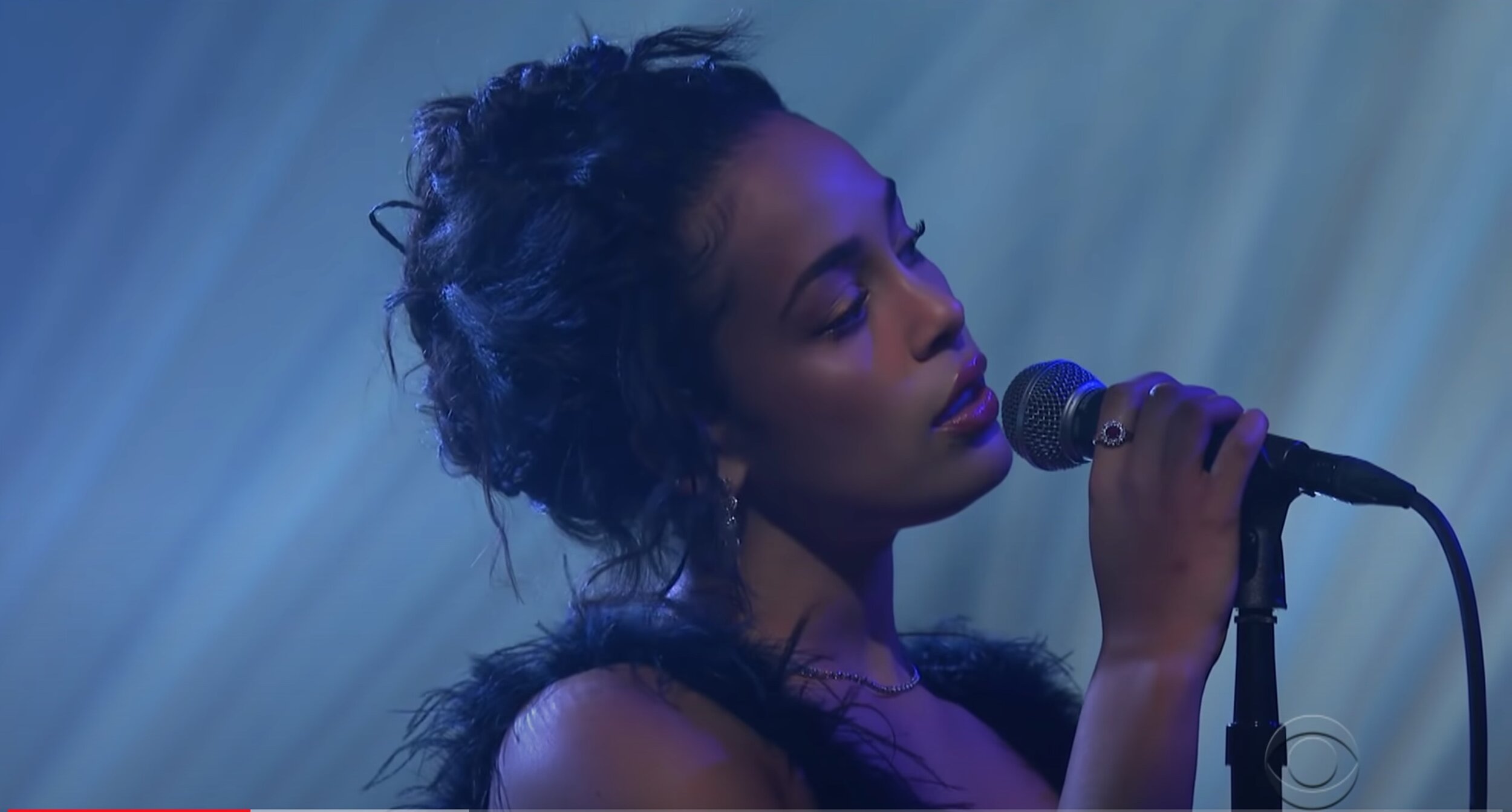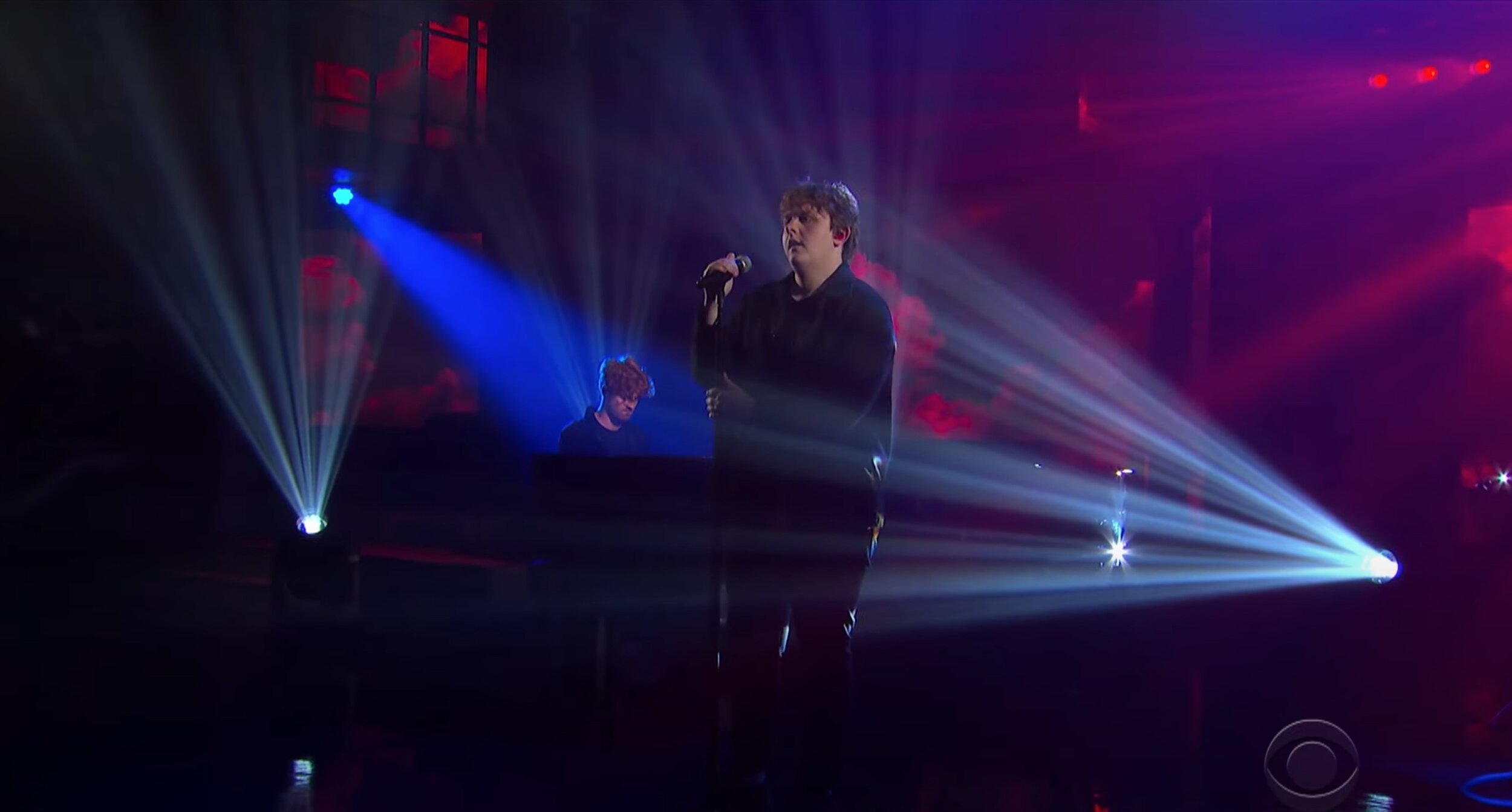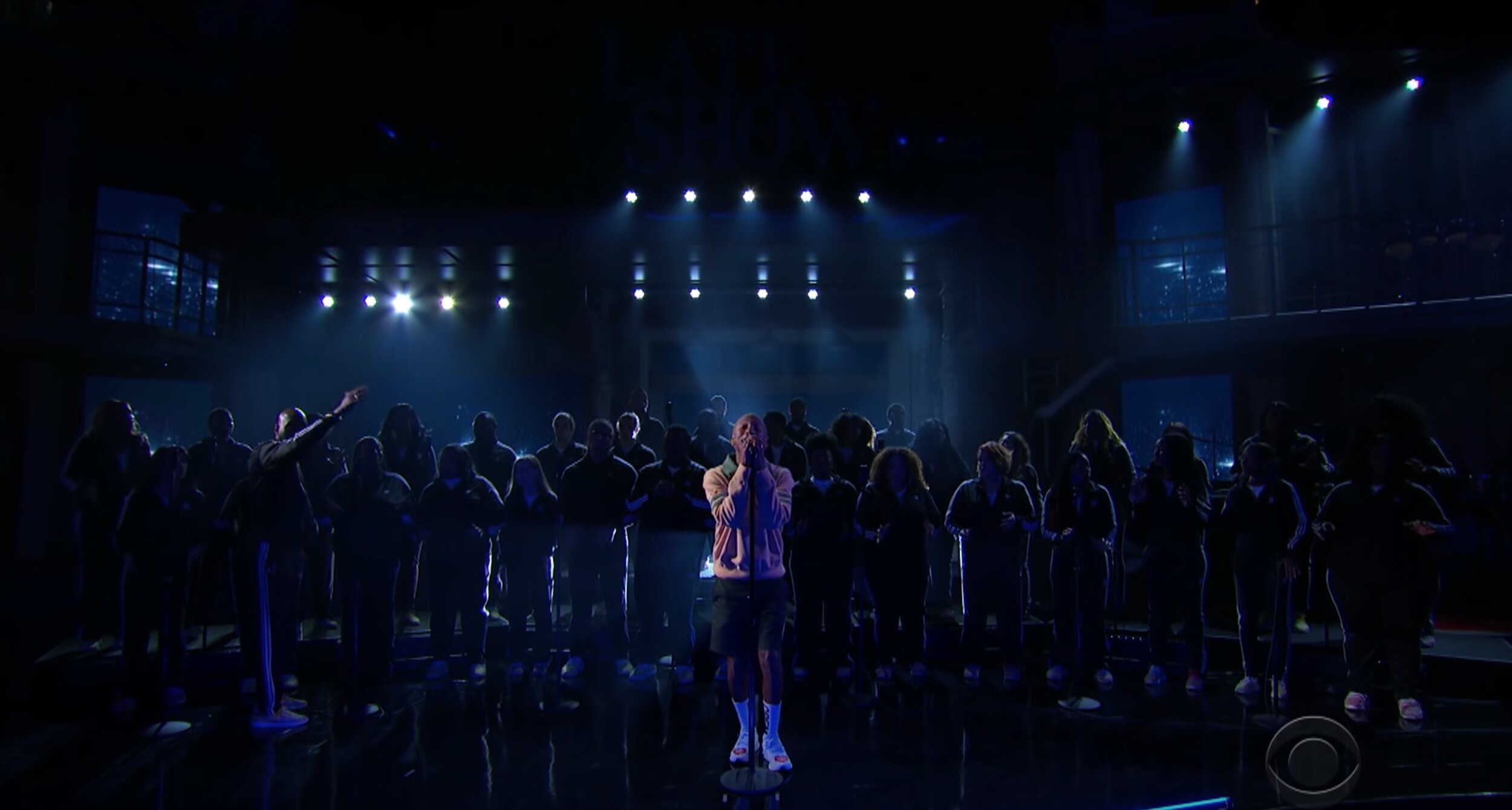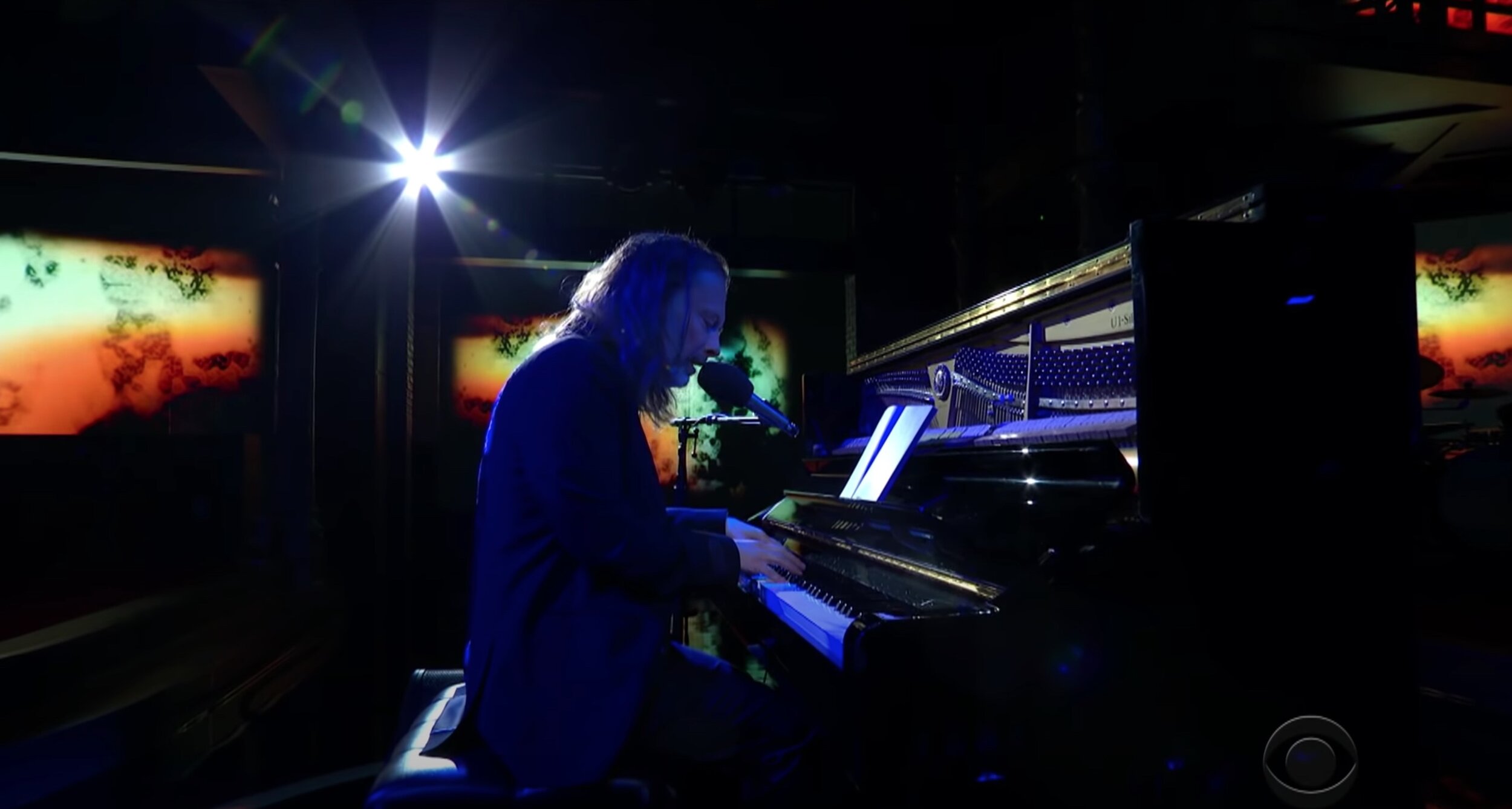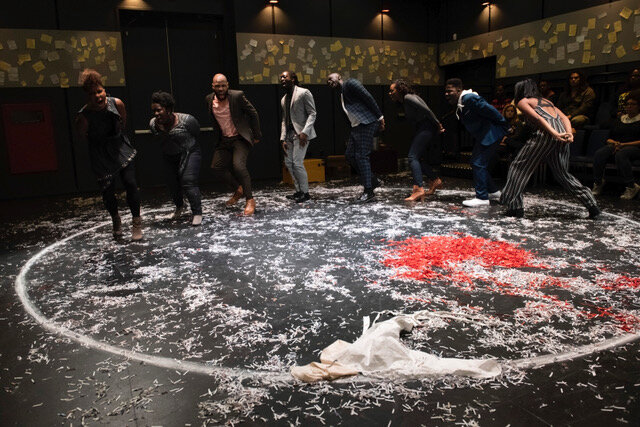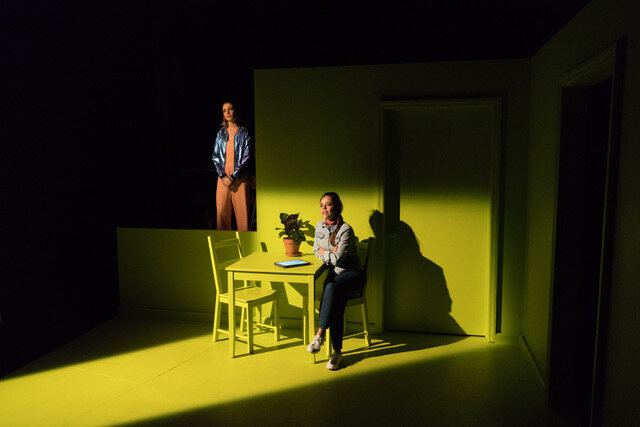Jeff Croiter Pt 2: How to make lighting and influence people
/Focusing Newsies
Jeff Croiter is back on the show! This time, we discussed the musical Bandstand – Jeff explained what he did, why and how he did it, and how his design supported the show’s messages and concepts. He also went into great detail on his design for Freestyle Love Supreme, including the show’s structure, how the programming and playback worked, and how he cued a show that could go seemingly anywhere on any day.
Jeff also spoke about some of his other projects, as well as his thoughts on things he hopes for in the business going forward, including what we need for effective color control on moving lights, LED units, and other color changing fixtures.
Visit Jeff’s site for more photos and more info. Thanks for downloading and listening!
Bandstand
Freestyle Love Supreme


